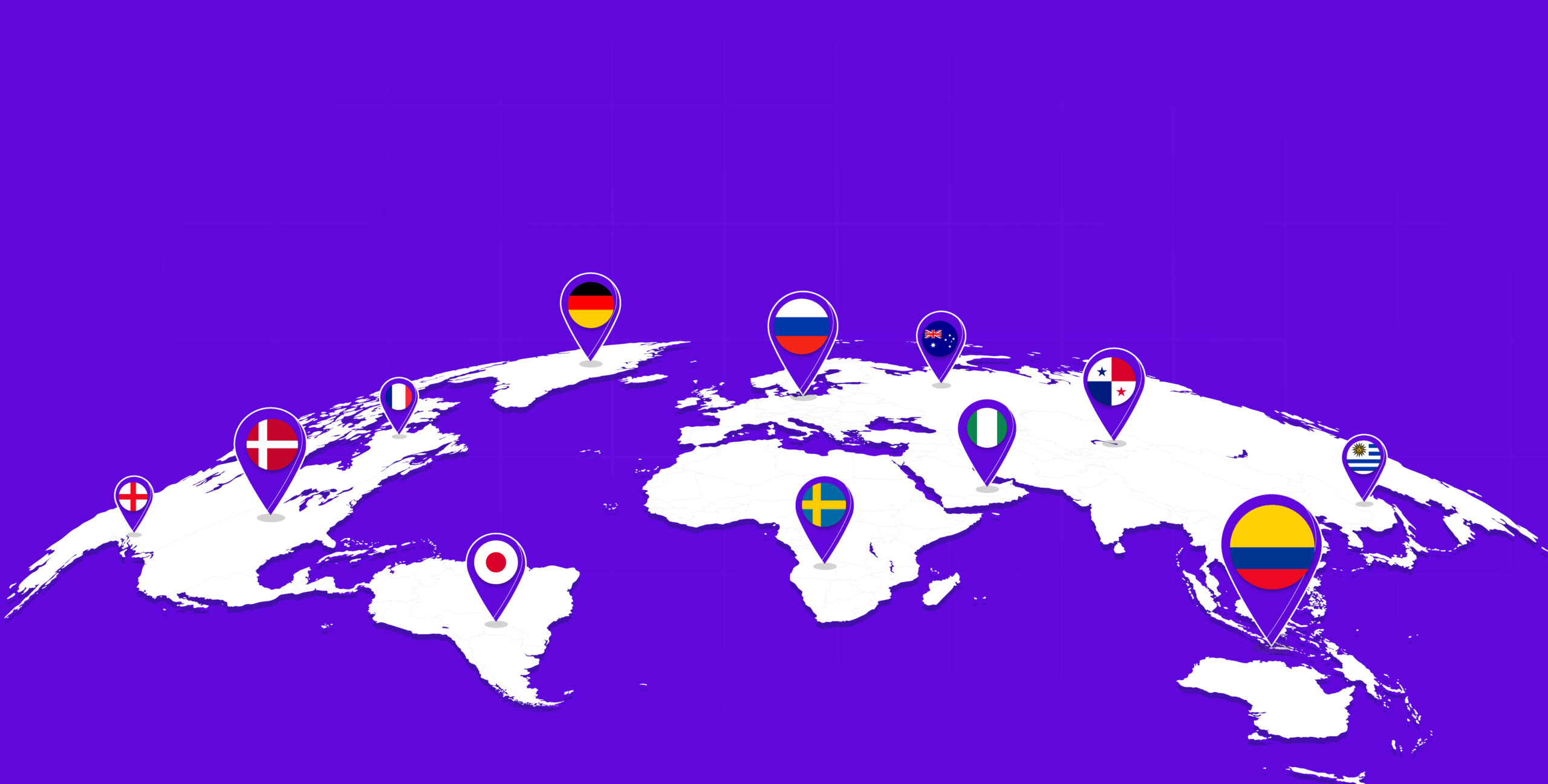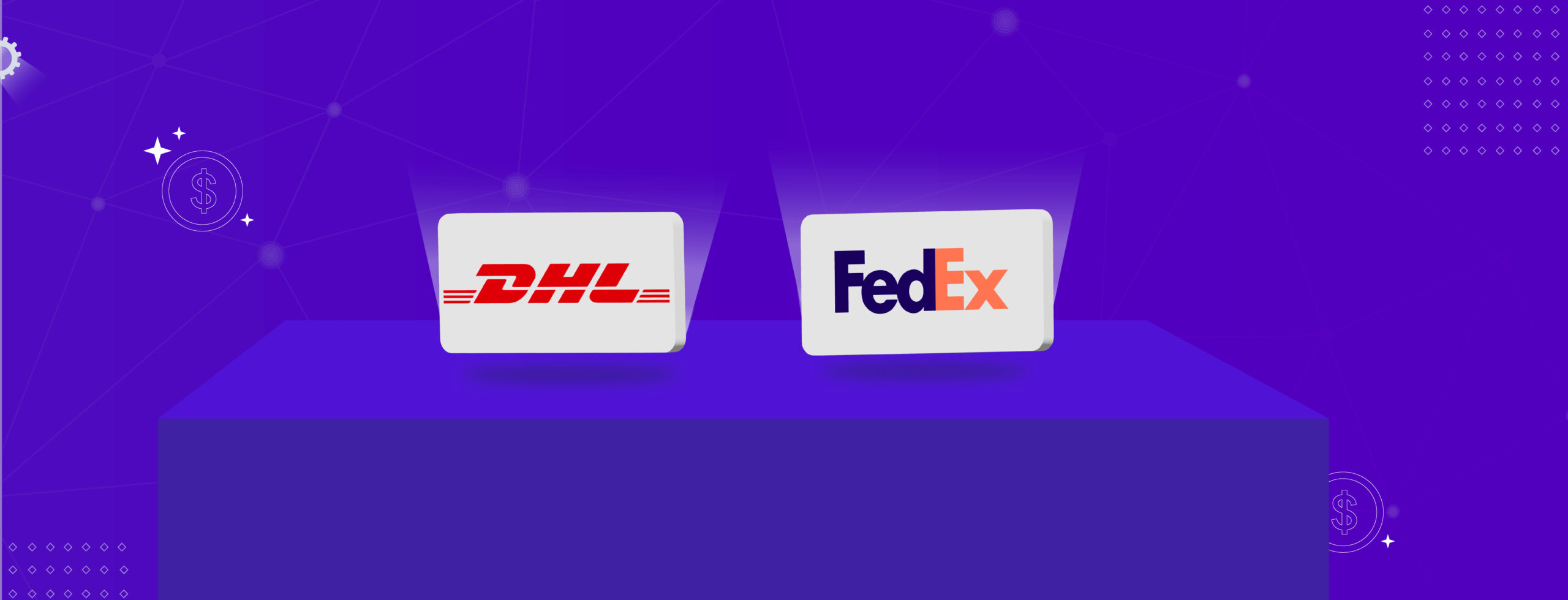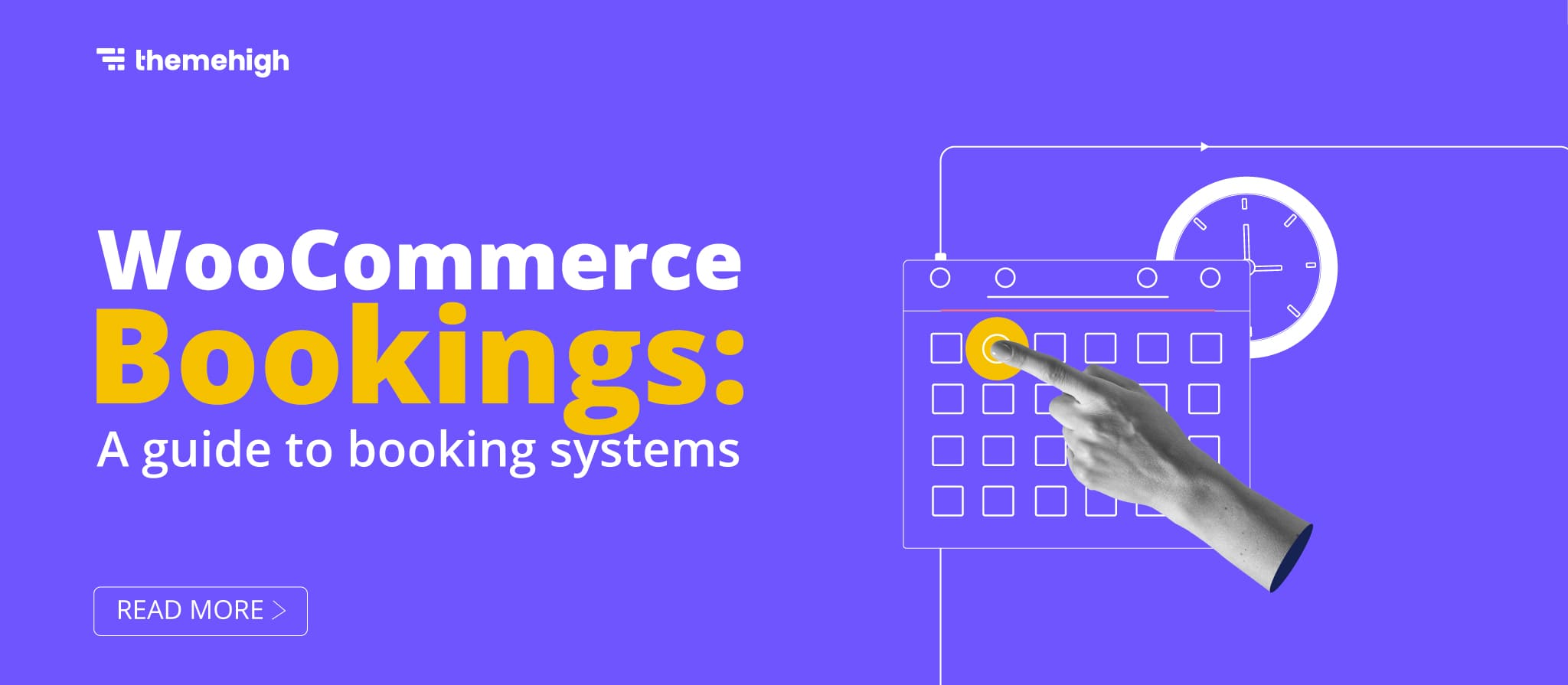As your e-business starts to break even and reel in profits, it is quite natural to think of the next step, i.e., global selling. If you don’t, there’s a high chance you’re missing out on a vast potential market.
Suppose you have an e-commerce store. It is more than likely that any shopper in the globe might have access to it and can be your potential customer. There was an estimated $5.717 trillion in retail e-commerce sales worldwide in 2022, and it is expected to hit more than 6 trillion this year. It would do wonders for you and your business if you could garner even a minuscule part of this market.
But before you take this leap of faith, there are several factors you need to consider and several preparations you need to make to get a perfect launchpad for your business to infiltrate the international markets. Don’t fret. You have come to the right place. Shall we begin?
PREREQUISITES FOR INTERNATIONAL EXPANSION :
Before you jump the gun and delve into global selling, you need to check out these areas to ensure that your business is capable of such a tremendous change:
1. Operations:

You should take a look at your operations in depth. There is absolutely no need for tedious requirements similar to a brick-and-mortar store. But you do need to make sure that there are enough resources to cater to a global market.
2. Research:

Before you decide on an international expansion, it is crucial to test the market. If your store is already accessible globally, you can check the past order data and use the necessary filters to understand where most of your customers are from.
To track your search activity and measure how often foreign customers visit your website, you can use SEO tools like Hubspot Website Grader or Google Analytics. These tools can also help you identify the most popular products among your target customers in their home countries. It can also help you know the countries with the highest sales after your primary market.
You can also check for regions with an increasing demand for your product niche but with an immediate need for more supply. This method will help you develop target markets. You can always try to get a strategic advantage by providing better prices or offers than your competitors.
Let’s assume you plan to collaborate with any of the companies or suppliers in any region outside your primary market. In that case, it is vital to research and understand the various business etiquette in the country. For example, Chinese people appreciate punctuality and a conservative dress code. You should also avoid physical contact while conversing.
The ability to behave and conduct business in a respectful and efficient manner can improve your chances of landing essential business deals.
3. Localise:

The best way to cater to your customers in a foreign country is to localize their experience. The use of language can achieve this. While many parts of the world have at least a small English-speaking population, you’ll reach many more people if they can use your site in their native language. While tools like Google Translate can provide this, it limits itself to translating each string separately, which can be excruciating.
To make your website multilingual without any negative impact on performance, you can use plugins like WordPress Multilingual Plugin (WPML). It also helps you enhance customer interaction and localize the content. Suppose you intend to offer a winter-themed sale in one country and a summer-themed sale in another based on the weather. In that case, the plugin can effectively carry out this task. (To know more tips about leveraging seasonal sales, we have written a detailed blog about it. Do check it out.)
The competition in these markets will be tiring, and a tool like Dealavo would give you an edge. It provides pricing intelligence to assist you in maintaining competitive pricing when selling internationally through WooCommerce. It also enables you to track the market in real-time, analyze pricing trends, and identify opportunities for optimizing prices. Moreover, the tool offers a dynamic pricing feature that automatically adjusts prices based on your pricing strategy and competitive data.
As a business owner, it’s important to consider the experience of customers accessing your website from these secondary markets. One common issue they may face is slow loading times caused by factors such as web hosting and limited bandwidth. To address this problem, investing in a Content Delivery Network could be a worthwhile solution.
4. Payments:

A payment gateway is a vital part of each customer experience. It is your responsibility as a store owner to simplify it for them. The best way to do this is using a gateway such as WooPayments. This tool accepts popular payment methods like ApplePay, Paypal, etc., and enables local payment methods and digital wallets. With WooPayments, they can see prices and pay in their preferred currency, which would attract more customers.
It is necessary to guarantee the safety and security of customer payment information when integrating your payment gateway. The PCI Security Standards Council website can be a helpful research resource.
You should also be in touch with local tax laws. Tools like WooCommerce Tax can help you make the job easier. It automates the tax process of various countries based on your requirement without hassles. But, so far, it is only available in 30 countries.
5. Shipping:

Shipping is one of the most crucial parts of the e-commerce business. It can determine whether the customer wants to go through with the purchase.
If you’re aiming for international expansion, most of your shipping will be overseas. Always maintain transparency about costs, delivery options, package tracking, and support for international shipping to the customer. You could handle the shipping yourself or outsource it to a third-party company or the first-party fulfillment solution offered by chosen selling platform.
Offering an option for expedited shipping can be a game changer. Expedited shipping is a way to prioritize your shipments so that it takes less time than usual to reach the destination.
What is the big difference between expedited shipping and standard shipping?
Usually, shipping covers everything between long-distance maritime deliveries or freight air shipments that sometimes take months to reach your customer. Expedited shipping can take much lesser time and is a huge plus. But, it will concur higher shipping costs than the former. So, you can offer it as a premium option for your customer who needs to get their hands on the products as soon as possible.
The most significant disadvantage is its high costs. Only a few companies offer this feature as well.
The popular companies that provide expedited shipping internationally are FedEx (FedEx Overnight Shipping) and DHL (DHL Express).
6. Marketing:

Marketing your stores and products through the proper channels can boost sales in your target market. There is no one right way to do so. We’ll be looking at the most popular way to garner attention to your business.
a) Email Marketing:
Email is one of the easiest yet most cost-effective ways to get customers. It can be in the form of cold emails, which are risky but highly rewarding. You send these emails to prospective customers with whom you’ve yet to establish any contact. But there’s a high probability that cold emails can be written off as spam.
Another way to attract people is through transactional emails. In most cases, these emails are not considered spam. The art of sending effective emails is something that you can master. Using plugins such as Email Customizer from ThemeHigh can significantly enhance the customization options of your emails, resulting in a more visually appealing design.
b) Advertisements:
Using social media platforms to your advantage can surely get the attention you need. You can spread the word about your business using tools like Facebook Advertising, Bing Ads, and Google Ads. Even though it might be expensive, the advertisements will be highly targeted. If you’re looking for a way to increase customer engagement quickly, then this indeed is the way.
c) Content:
Many store owners now recognize the significance of content in marketing and are devising plans to incorporate more of it on their websites. This is because content, such as blogs, articles, and newsletters, provides valuable information about your product, its uses, helpful tips, and more. Such information can benefit people new to your product and may even persuade them to purchase.
d) SEO:
Search Engine Optimization (SEO) simply means the process of improving your website so that search engines are more likely to show your business in users’ search results. There are WordPress Plugins such as Yoast SEO that helps your site perform better in search engines like Google. It also gives you the tools to bring your content to the highest standards of SEO and overall readability.
Last but not least:
There’s no need for any second thoughts. Applying all these strategies to your stores, or at least slowly easing into these methods, will be more than enough to sustain international markets. Moreover, for any business to be successful, it’s about bringing that unique touch to set yourself apart from your competitors.
Happy Expansion!!!!










 THANK YOU!
THANK YOU!